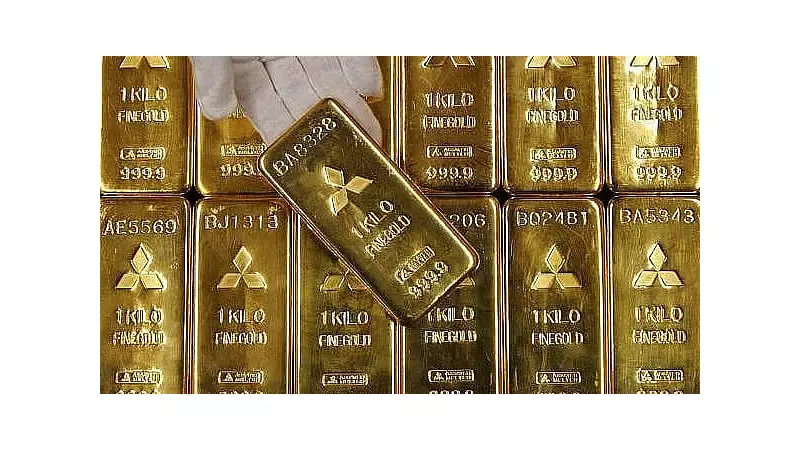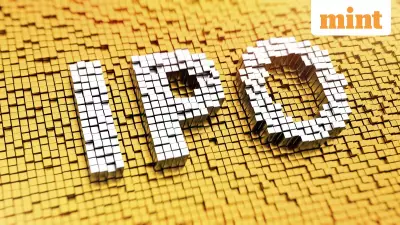
India's love affair with gold faced a severe test in the third quarter of 2025, as skyrocketing prices triggered a dramatic 16% plunge in overall demand, according to the latest World Gold Council report. The precious metal's unprecedented price surge has fundamentally altered consumer behavior, creating a tale of two markets.
The Price Shock Effect
The July-September period saw total gold demand shrink to 136.6 tonnes, down from 162.5 tonnes during the same period last year. This significant contraction comes as gold prices climbed to dizzying heights, crossing the ₹70,000-per-10-gram threshold and testing the resilience of the world's second-largest gold consumer.
Jewellery Demand Takes a Beating
The most dramatic impact was felt in the jewellery sector, where demand collapsed by a staggering 26% to 93.2 tonnes. Traditional gold buyers, particularly in rural areas where jewellery purchases are deeply embedded in cultural practices, found themselves priced out of the market.
Key factors contributing to this decline include:
- Record-high prices making traditional jewellery purchases unaffordable
- Reduced disposable income in agricultural communities
- Postponement of wedding-related purchases
- Shift toward lighter-weight jewellery designs
Investment Demand Defies the Trend
In a surprising counter-trend, investment demand for gold surged by 15% to reach 43.4 tonnes. This paradoxical growth reveals how Indian investors are adapting to the new price reality, viewing gold as a strategic asset rather than just ornamental metal.
The investment segment's resilience demonstrates:
- Growing preference for gold bars and coins as inflation hedge
- Increased adoption of digital gold and sovereign gold bonds
- Strategic accumulation during price corrections
- Long-term wealth preservation mindset
Market Dynamics and Future Outlook
The value of India's gold market told a different story, growing 9% to ₹76,530 crore, highlighting the price-value paradox. This suggests that while fewer people are buying gold, those who do are spending more per transaction.
Urban centers showed greater adaptability to high prices compared to rural markets, where cash flows remain constrained. The upcoming festive and wedding season will be crucial in determining whether this demand pattern represents a temporary adjustment or a permanent market transformation.
Global Context and Local Implications
India's gold demand contraction contrasts with global trends, where central bank buying and safe-haven demand have supported prices. This divergence underscores the unique position of the Indian market, where gold serves multiple purposes – from investment and savings to cultural and religious significance.
The current scenario presents both challenges and opportunities for India's gold industry, potentially accelerating the shift toward organized retail, digital gold products, and more innovative jewellery designs that optimize gold usage while maintaining aesthetic appeal.





